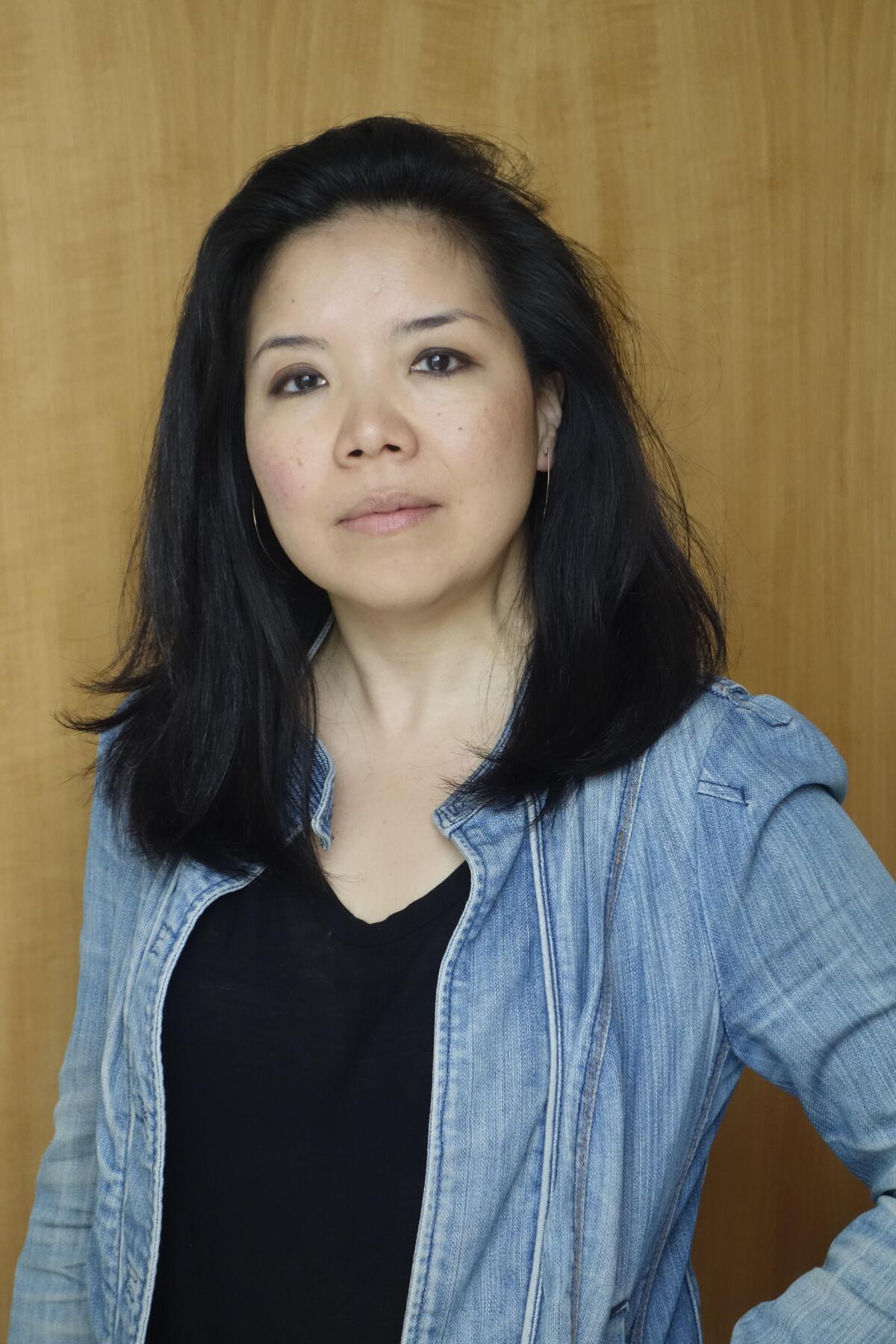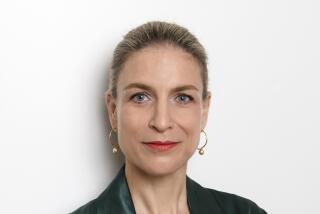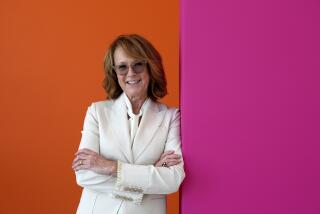MOCA announces Clara Kim as new chief curator, director of curatorial affairs

The Museum of Contemporary Art has named Clara Kim as its chief curator and director of curatorial affairs. Kim, a native Angeleno, comes to the museum from London’s Tate Modern, where she has been senior curator of international art since 2016.
“I’m really excited about being back home — it’s where my foundations are both on a personal level and within the art world,” Kim said in an interview. “I’m excited about being at such a prestigious place like MOCA, where I attended many exhibitions over the years, but also being back in the art and artist community that makes Los Angeles such a unique place.”
Kim brings to MOCA both a global perspective and an intimate understanding of the SoCal — and wider California — arts scene. She was born in Seoul and grew up in the Greater L.A. area. She worked for eight years at REDCAT, ultimately serving as gallery director and curator, and also has worked in a curatorial capacity at both the San Francisco Art Institute and the San Francisco Museum of Modern Art.
Kim also has worked extensively in Europe and Asia. She curated the 2018 Gwangju Biennale in South Korea as well as the 2010 Seoul Mediacity Biennale. And she was senior researcher, from 2014 to 2016, building a study collection of video art in Asia and an archive of Asian American art for the Asia Culture Center in Gwangju.
Her vision for MOCA includes melding those perspectives, “being locally rooted, knowing where we are, and embracing all the incredible things that make L.A. L.A.,” she said, “but also having an international perspective — not just looking out but looking at the connections and the histories that bind us together … the people and families and histories embedded in the city that we live in. ”
The area’s “wonderfully rich” diversity, she added, is key to upcoming exhibitions.
“There are so many different communities, so many different languages that are spoken, and embracing that diversity and these diasporic communities that are in Southern California in order to look at how international it is, is one perspective,” she said. “It’s so embedded in the fabric of Southern California that we need to embrace that and bring it out — not do the shows that make sense in New York and London but do the shows with an international perspective that make sense in Los Angeles.”
What might that be, exactly?
“I don’t come in with shows and ideas in my pocket,” Kim said. “I really want to work with the team of curators and, of course [museum Director] Johanna [Burton], in really building that program.”
Burton called Kim “a talented and trusted curator and arts leader” in the announcement: “She has extensive experience commissioning, presenting, and contextualizing contemporary artists; leading global, interdisciplinary research initiatives; and strategically building collections. Her vision will help extend and expand the museum’s distinctive legacy as we look ahead to our next era.”
Kim curated L.A. artist Mark Bradford’s first major museum exhibition in Asia, “Tears of a Tree,” at the Rockbund Art Museum in Shanghai in 2015. In 2017 she curated “Condemned to Be Modern” at the Los Angeles Municipal Art Gallery, which was part of the Getty’s Pacific Standard Time: LA/LA exhibition and explored the histories of modern architecture in Latin America, specifically in Brazil, Cuba and Mexico.
“That’s a project that embodies the possibilities of those two things, the local and international coming together,” Kim said of the PST show. “It was an opportunity to do research on modern architecture in these places, not just from a historical sense but looking at it from the context of the present.”
Looking at art history through an antiracist and decolonial lens also is key to Kim’s curatorial vision for MOCA, she said.
“We tend to think of art history as something that’s codified and static and that’s written into the history books, when I think there are histories of exclusion and the dynamics of the art world that don’t allow certain artists or histories to be told,” she said. “Our work as art historians and curators needs to be actively engaged with not just the histories that we’ve inherited but the histories that have yet to be written.”
During her tenure, Kim expanded the Tate’s international art holdings, rounding out art histories in Africa, Asia and the Middle East. She acquired multiple works by important modern and contemporary artists in those areas, as well as of the diaspora, among them Lebanese artist Huguette Caland, Filipino artist Pacita Abad and Chinese artist Huang Yong Ping.
Prior to the Tate, Kim was senior curator of visual arts at the Walker Art Center in Minneapolis from 2011 to 2014.
The robust mix of artists, galleries, museums and art schools in the area makes for “an incredible and unique ecosystem that exists in Southern California,” Kim said. “I think I have an understanding of that and a desire to be part of it — that MOCA just isn’t this finite space within the walls of a museum but that MOCA is a place that is part of the art world, part of that ecosystem. It’s quite special. Not every city has that.”
Kim joins the museum on Sept. 1.
More to Read
The biggest entertainment stories
Get our big stories about Hollywood, film, television, music, arts, culture and more right in your inbox as soon as they publish.
You may occasionally receive promotional content from the Los Angeles Times.











